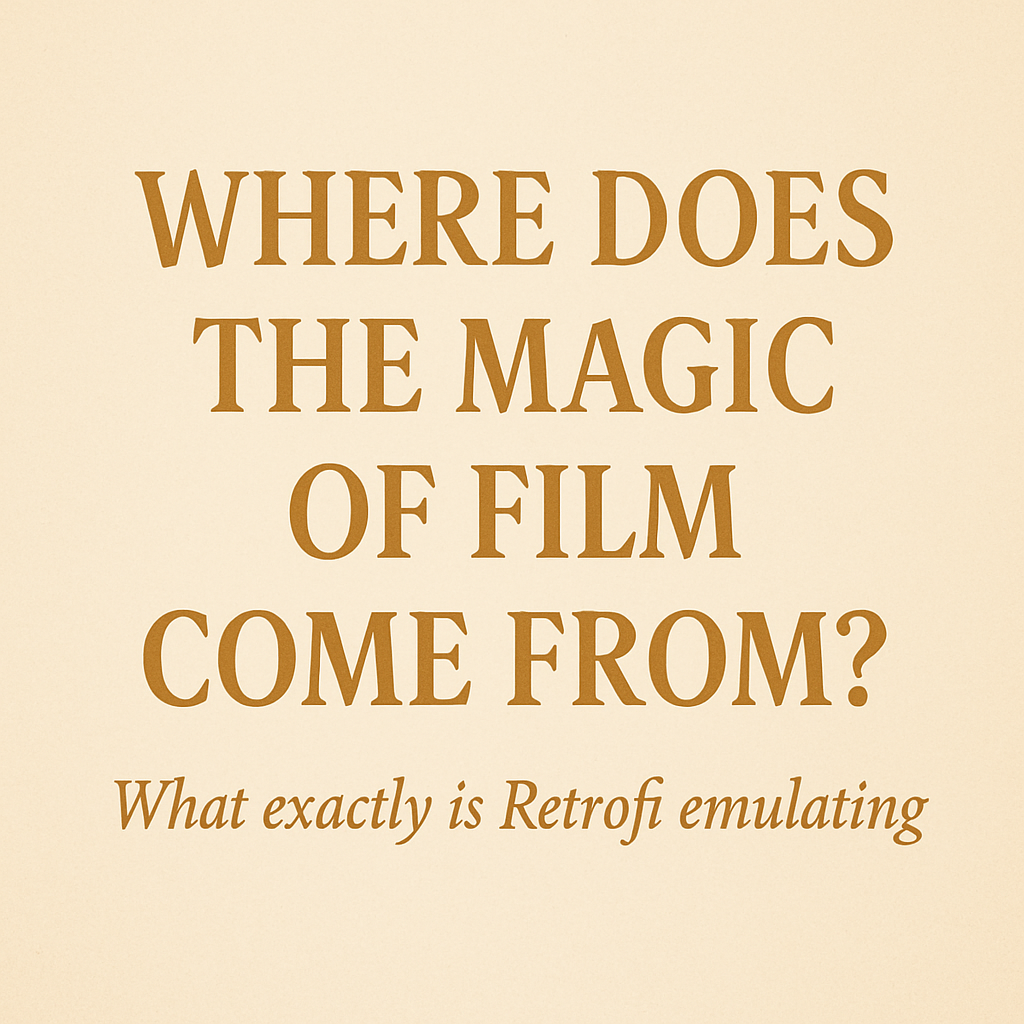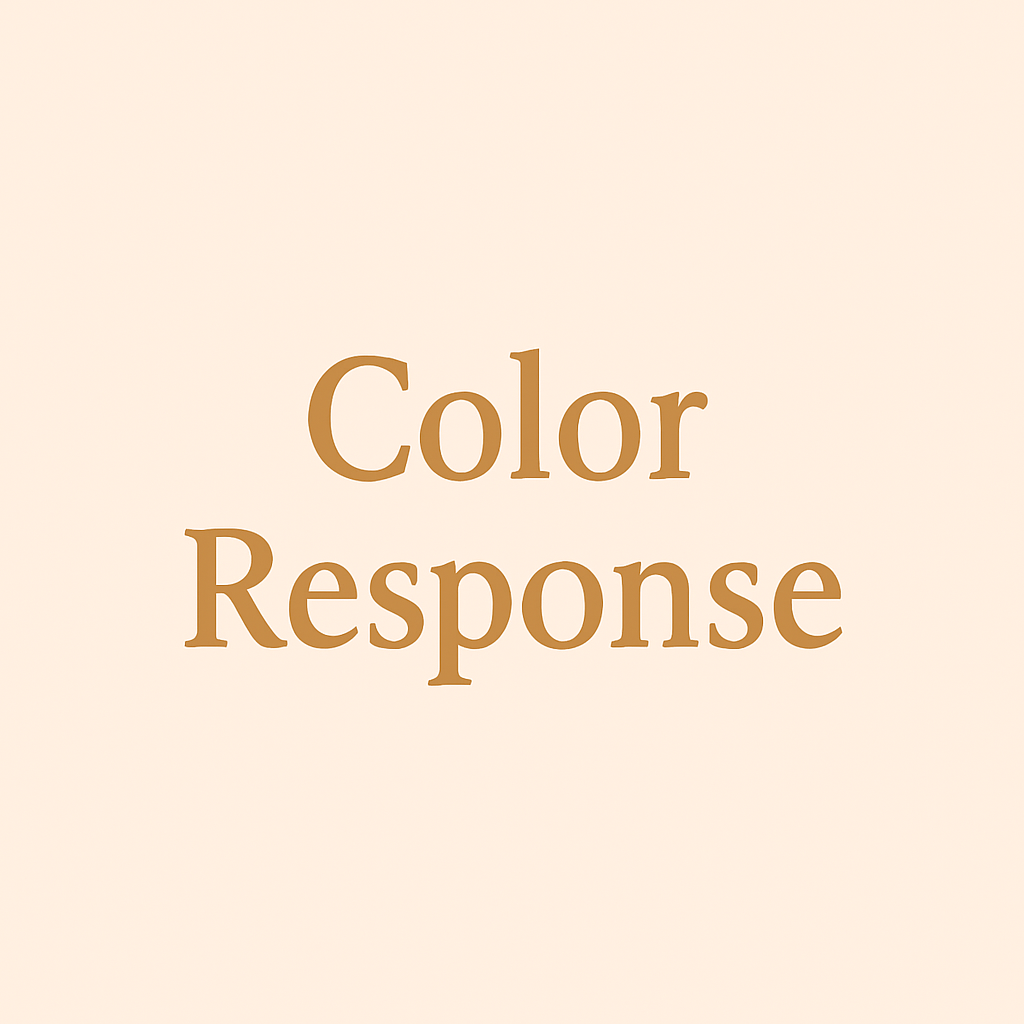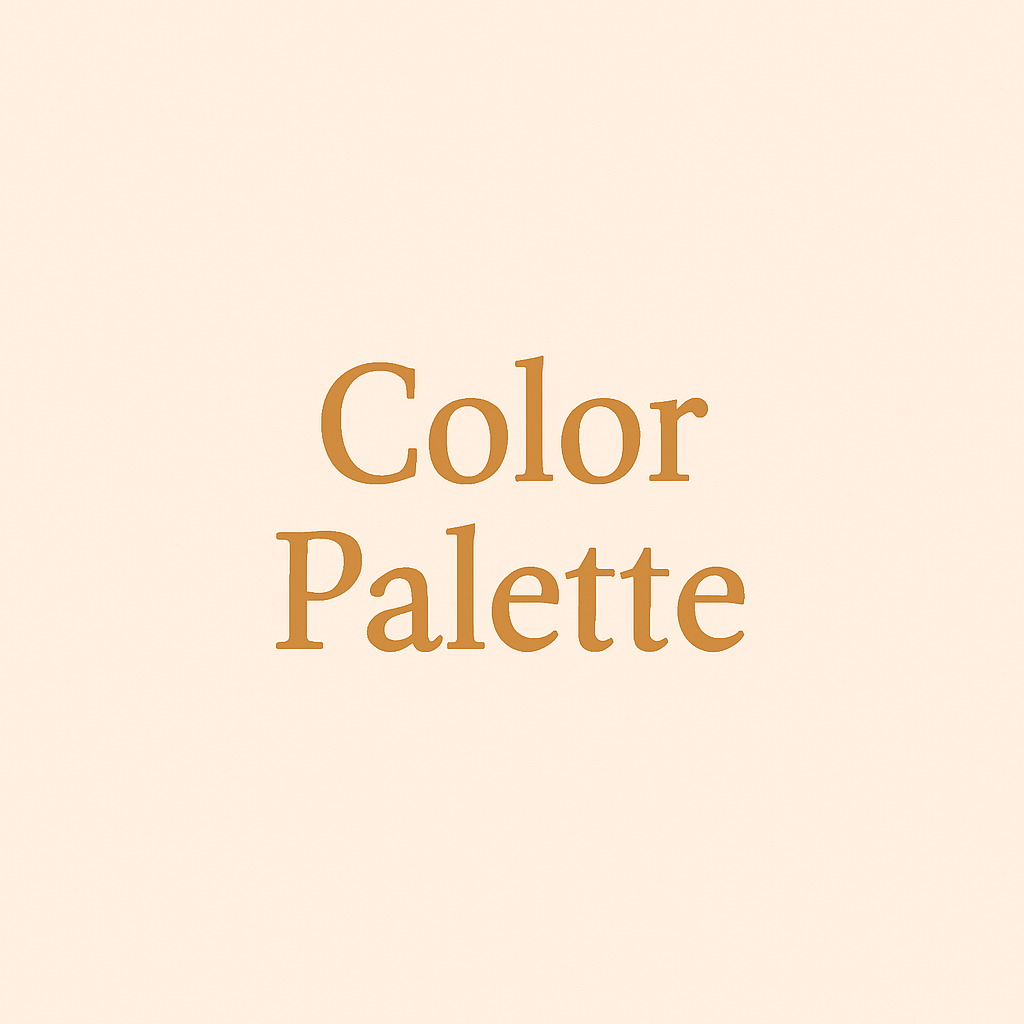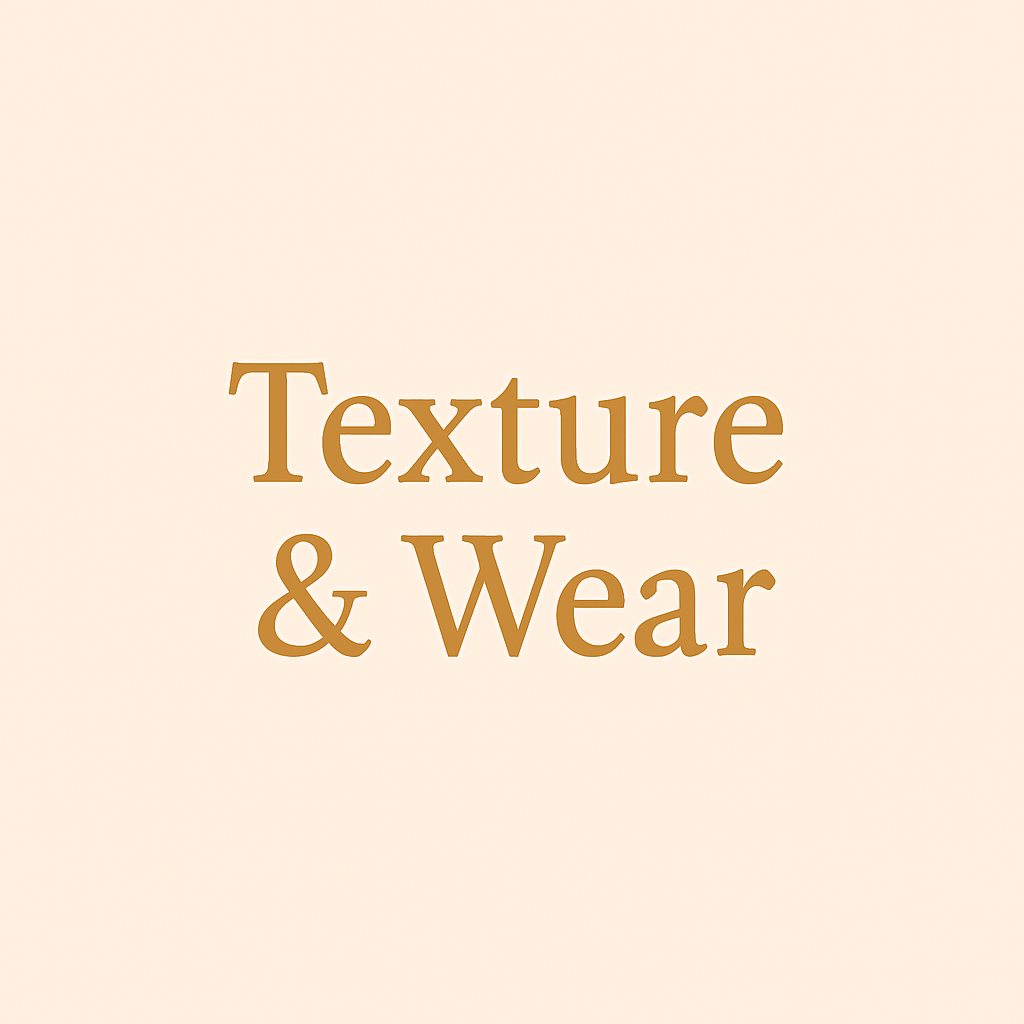How a Lifelong Chase for the Film Look Became Retrofi
When I was 12, I used to watch the world through an old Sony Bloggie camera, filming my childhood adventures. Racing home to edit, chasing a look I didn’t have the tools to create yet. Something that felt like memory. That made everyday moments look like dreams.
I didn’t know it at the time, but what I was chasing was the look of film. The warmth, the grain, the emotion baked into every imperfect frame. And I never stopped chasing it.
Years later, I’m still that kid. Still obsessing over the way shadows fall. Still rewinding scenes just to see how the light blooms around a window. Still trying to make digital feel like it came from another time.
I started comparing real film to digital side by side. Took a Canon Scoopic 16 loaded with Kodak Vision3 250D, and shot the same scenes next to a Lumix S5, a Sony A7S II, and a Blackmagic Pocket Cinema Camera. Indoors, outdoors, backlit, overexposed. Then sat with the footage in Resolve, matching everything down to the curve. The goal wasn’t to copy the film look. It was to teach digital to feel like film feels.
Kodak Vision3 250D is a daylight-balanced, medium-speed color negative motion picture stock. It uses sub-micron grain and advanced dye layering tech to deliver two stops of highlight latitude and reduced shadow noise—even when you push or pull it. Skin tones stay accurate and vibrant. Blue sky tones roll off gently without clipping into cyan, and orange hues hold soft warmth rather than harsh saturation. Cloud detail stays intact under overexposure thanks to those highlight stops. It’s vivid yet subtle, and it avoids the digital look by preserving depth and gradation, not flat overexposed whites.
On a microscopic level, the emulsion is built around T‑grain silver halide crystals with dye couplers in oil droplets, yellow dyes in the blue-sensitive layer, magenta in the green, and cyan in the red, each forming upon development to render color faithfully. That structure limits blue over-sensitivity and controls scattering so detail in shadows stays crisp even under imperfect exposure.
Traditional film emulsion also includes a rem-jet backing layer, which helps reduce light piping and halation. That adds a natural softness around high highlights, making bright windows or edges bloom gently rather than flare aggressively, something digital sensors often struggle with. It’s subtle, but visible when compared frame by frame.
I didn’t just want to mimic it, I studied how halation wraps around highlights, how grain interacts with midtones, and how over/underexposure shifts hues on film. Then I built Retrofi to replicate those behaviors inside DaVinci Resolve.
This isn’t a slap-on LUT. It’s the result of years of pixel-level testing, learning how film responds chemically to light, and refining those responses into a toolkit for digital footage. Built by someone who’s been chasing this look their whole life. Someone who still cares more about how something feels than how sharp it is.
If you’ve ever felt like your digital footage is missing something, I hope Retrofi is the missing piece.
– Josh, Founder of Retrofi.co

Film is more than a medium — it’s an alchemy of light and grain, halation and color bleed, latitude and texture. It breathes in every frame, wrapping imperfections in beauty, turning shadows into story. What digital often corrects, film preserves — the subtle warmth, the organic movement, the tactile emotion of chemistry meeting light.

Film doesn’t see the world like a sensor. It rolls off highlights, lifts shadows gently, and handles skin tones with warmth and grace. We’ve emulated the unique tonal curves of classic film stocks to reproduce that rich, organic contrast — without the harshness of digital video.
How Retrofi does it:
We analyzed the dynamic range and contrast roll-off of iconic film stocks, recreating their response curves through a custom tone mapping engine. Our plugin applies highlight compression and shadow lift algorithms that mirror the non-linear behavior of celluloid, ensuring soft transitions and cinematic depth — especially in tricky lighting.

In film, bright areas bloom and bleed ever so slightly — a soft glow around the edges. Retrofi replicates this subtle optical effect, mimicking the glow caused by light bouncing off the film’s base layer. It’s one of the smallest details, but one of the most emotionally resonant.
How Retrofi does it:
Our halation engine simulates light diffusion around high-contrast edges, isolating bright highlights and layering a color-aware glow that subtly bleeds into surrounding tones. We base this on actual halation behavior from scanned 35mm frames, allowing users to dial in everything from mild warmth to rich red glow, depending on the stock.

Not just noise — grain. Real, layered, cinematic grain that breathes life into the image. Our scans are modeled after actual 35mm and 16mm stocks, complete with subtle fluctuations and movement across the frame. It’s never static. It’s never artificial.
How Retrofi does it:
We start with high-resolution grain plates scanned from real film, capturing not just size and pattern, but depth and movement. Retrofi overlays these organically — with randomized temporal variation, per-channel displacement, and light-reactive intensity — so grain responds like it would in-camera, never as a flat overlay.

Every film stock has a fingerprint — from the deep blues of Kodak to the muted warmth of Fuji. We’ve studied and emulated these palettes to provide looks that go beyond LUTs — they behave more like true film emulsion under light.
How Retrofi does it:
Rather than using static LUTs, Retrofi uses color models that respond dynamically to lighting and exposure. Our emulations are built on spectral analysis of real stocks, using channel remapping, gamma shifts, and saturation behavior that change depending on scene brightness and contrast — just like real film would.

Retrofi doesn’t just polish — it patinas. Dust, soft flicker, gate weave, light leaks — the details that used to be flaws are now part of the aesthetic. And each is applied with intention, to make your footage feel tactile and lived-in.
How Retrofi does it:
We layer in authentic 35mm and 16mm wear artifacts using real scanned assets — not generic effects. Flicker intensity adapts to brightness, dust varies per frame, and subtle gate movement adds that handmade, imperfect quality of a projected reel. You can fine-tune the level of "wear" depending on how subtle or expressive you want the effect to be.
